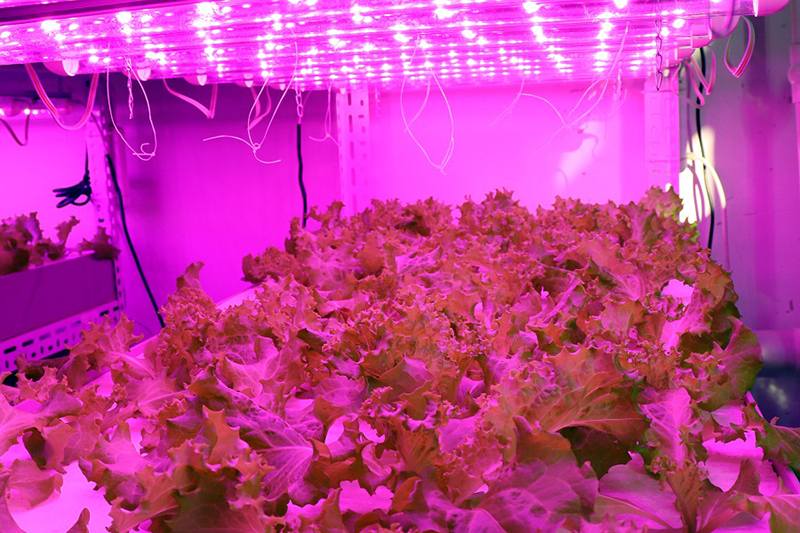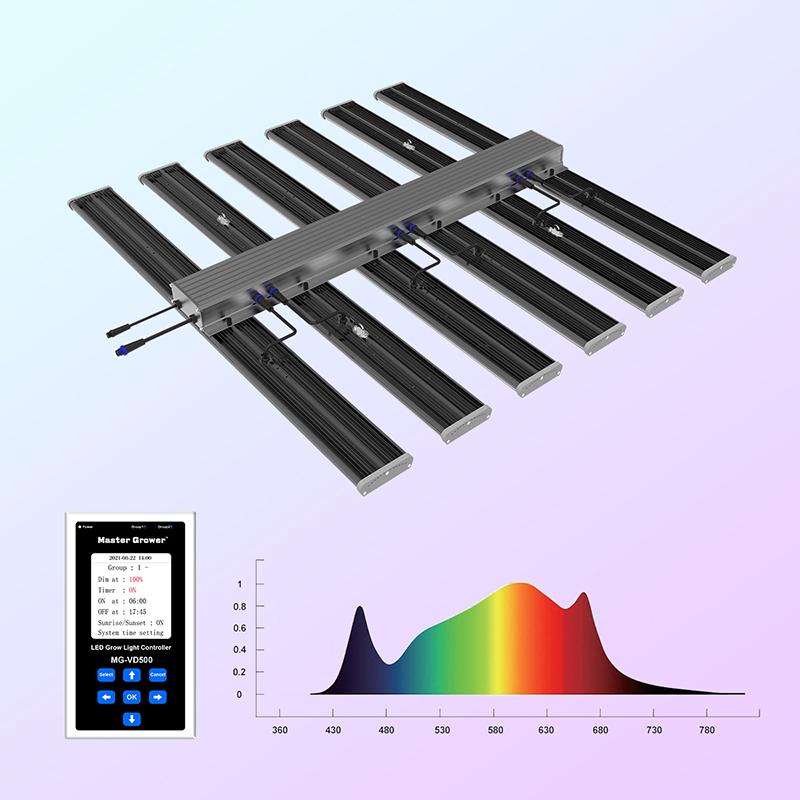The Grow lights,that is to say,as modern agricultural developed, the indoor plant cultivation choose the artificial lights for home garden/greenhouse supplemental lighting/indoor main leafgreen growth, with a variety of color spectrums and light intensity options for different plant varieties growth, as the modern agricultural technology developments.
The LED grow lights, according to the plant varieties,growth phases and working environment, and grower's budget, occurred many different types for your choice.

Here, we make a brief introduction for plant cultivation:
Plant grow lights varieties:
As different technologies, the plant grow lights are divided into LEDs, fluorescent bulbs, HID, CMH and high pressure sodium lamp.
The LED lamp and fluorescent lamp,all of them can offer full spectrum lights for plant growth needs. On the market, there are lots of grow light kits including LED or fluorescent bulbs, although, the LED grow lights,in cost is higher expensive than fluorescent lamp( for example, LED light 27USD, fluorescent 3-5usd/pc),however, as their own advantages, making more and more growers for choices.
As the beginning, the LED grow lights in cost more than traditional lamps for first phase, however, at the growth phases, their energy fees will be half of the fluorescent of lamps. From the lifespan, the LED grow lights will be five times than the fluorescent lamps.
At the same time, the fluorescent of lamps give off huge heats, getting more light air conditions for growth. Some fluorescent lamp even emitted the hazard mercury, emitting some hazards components.
Fluorescent tube lamp
The fluorescent tube lamps,their efficiency is less than LED’s,making operating fees are high expensive. Although their purchased fees are lower than LED’s at the front of purchased time, they are be short lifespan and have the mercury components which will be released as vapor when broken, usually, they are available for full spectrum light for plant growth.
Halogen lamp
As the home or industry lighting fields, we always meet with a lot of halogen lamps. If the Halogen was applied for grow lights, although their brightness are better than standard incandescent bulbs, their light spectrum are closing to to the red spectrum,lacking for blue lights for plant healthy growth. So, if possible,we recommended you to adopt the halogen lamps combined with other lamps working together for better functions. Of course, as its huge heat from halogen, please take care and keep distance between lamps and plant, avoiding of plant burned.
Incandescent bulbs
Incandescent bulbs have also the same characters with halogens, more red light for their light spectrum and huge heat. Also keeping the distance between lamp and flowering, avoiding plant burned and leaves damaged.
How do you influenced the plant growth exception for suitable light spectrum?
Usually, we will measure the grow lamp PPFD value, surely, the PPFD value play the important role in different plant growth phases.For example, the seedlings,cones and mother plants, their PPFD range: 200-400umol/m2/s. the vegetative cycle from early to late stage: 400-600umol/m2/s. the flowering, fruiting or budding stage of plants,their PPFD range from 600-900umol/m2/s.
Why do we measure the best PPFD for plants?
Like sunlight is to outdoor plants, grow lights are to indoor plants. LED grow lights are powered by LED chips, and they provide the light energy and “food” required for photosynthetic activities in plants. As a result, plants can stretch, develop, flower and bear fruit, and we can get the colors, unique shapes or flavors, nutritious fruits, or flower buds full of special substances that we want from indoor plants.

Why do we need to measure the plant best PPFD?
The sunshine is for outdoor plant growth, the grow lights is for indoor plant growth. The grow lights are providing the lighting energy and “food”. Therefore,the plant can stretch,develop,blossom and fruit, we can get colors,special shapes and tastes,various fruits and budding, all of these are the special materials as we want. The grow light manufacturer always list up the PPFD charts and data for their publicated grow lights.
Of course, you will say, bigger PPFD is better for plant growth, it is also woring. If the PPFD value is more than plant maximum absorbed quantities, it will be leads to the plant burned or their shape or color shown bad, the yields will be decreased at some extent. So, when we grow the plant, knowing of plant varieties and their PPFD are of importance.























